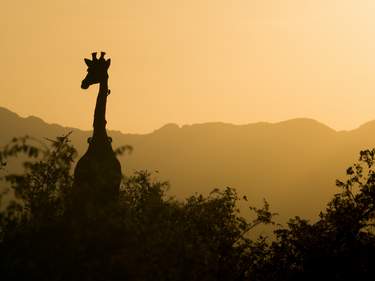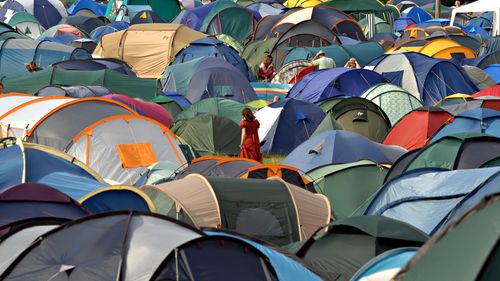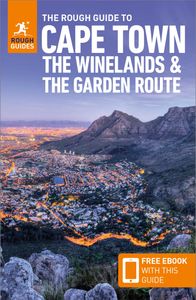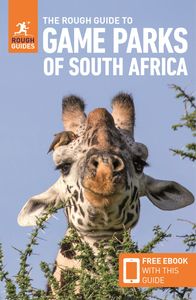But is it safe to visit Johannesburg?
The short answer is: yes, it’s safe to visit.
The slightly longer answer is that when you explore Johannesburg, some areas are safer than others. The northern suburbs are fine to wander around freely, and downtown areas like Maboneng – a no-go area barely a decade ago – have become safe and exciting models of urban regeneration.
Tourists are most at risk of opportunistic crimes like theft and mugging. The best way to protect yourself is to use your common sense: don’t stand on a street corner with your DSLR around your neck staring at a map; don’t carry all your cash around with you; and if you’re going to a less safe district, hire a local guide.
How should I spend a day in Johannesburg?
As you’d expect from a city this size, there’s a lot to do – starting with retail therapy. Other than Melville’s 27 Boxes, a bunch of shipping containers filled with shops and restaurants, the northern suburbs are mostly home to opulent, anonymous malls. Downtown is much more inspiring, Maboneng's Market on Main – a Sunday staple for arts, crafts and street food – and Collector’s Treasury – a labyrinthine, longstanding bookshop – among the best spots.
To get to grips with Johannesburg, try one of the excellent tours on offer. Maboneng Walking Tour, for instance, you’ll discover the transformation of this creative inner-city precinct. To learn about Soweto, try Johannesburg and Soweto Full Day Tour. The knowledgeable local guides will show you both the township’s struggles and its hopes for the future.
The city’s museums include MOAD, the continent’s first museum dedicated to design, and Newtown’s cavernous MuseuMAfricA, with thoughtful exhibits on Johannesburg’s art and history.
Further from the centre, the Apartheid Museum is a nuanced exploration of the history and legacy of racial segregation in South Africa, which is also the focus at the Mandela House Museum and Hector Pieterson Memorial and Museum in Soweto. To discover these notable displays of history, join the Apartheid Museum Day Tour with entry tickets included.
_listing_1637090645279.jpeg)





















